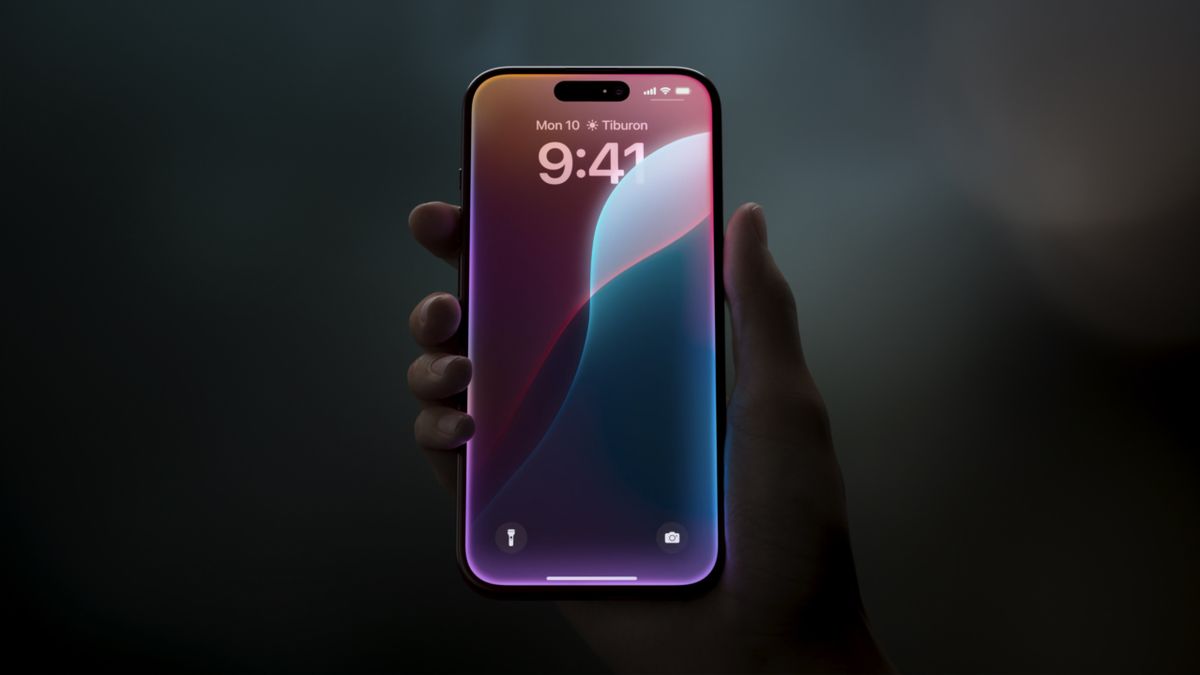Ai is clearly the path forwards for Apple, or at least a very key consideration. When Apple announced the iOS 18 update in June, it also announced a slew of new AI features under the Apple Intelligence moniker. These features are headed to iPhones later this year, and will change the software experience dramatically.
In the spirit of AI safety, Apple has just joined the ranks of tech giants like OpenAI, Amazon, Google, Meta, and Microsoft in agreeing to a set of voluntary AI safety rules, courtesy of the Biden administration, as first reported by Bloomberg.
Essentially, these rules are a bunch of guidelines aimed at making sure any future robot overlords are a tad less likely to go rogue. Not really. These guidelines ensure AI systems are tested for discriminatory biases, security hiccups, and potential threats to national security. The end game? To keep AI development transparent, accountable, and a bit less terrifying.
What does this mean for Apple?
These voluntary safeguards, part of an Executive Order from last year, are meant to guide AI development. Companies like Apple will have to put their AI through the wringer, testing for biases and security concerns. And they’ve got to share the test results with the government, civil society, and academia. These guidelines aren’t legally binding (yet), but they show that the tech industry is starting to care more about self-regulation for AI.
As I mentioned, this move comes right before the launch of Apple’s shiny new suite of Apple Intelligence features, debuting with iOS 18. Expect some major changes, including a souped-up Siri that can handle in-app actions and personal context, rolling out in spring 2025.
Apple Intelligence will play nice with the iPhone 15 Pro and will be standard on all iPhone 16 models expected to launch this fall. If you’re rocking a Mac or iPad with an Apple Silicon chip, you’ll be in on the fun too.
These new AI tricks from Apple include proofreading and writing tools, priority notifications, emoji and photo generation, and a smarter Siri that uses a semantic index of personal info on your device. It’s all powered by a mix of on-device models and Apple’s private cloud servers. Plus, Apple’s opening the door for third-party AI providers, starting with ChatGPT this fall.





















Discussion about this post